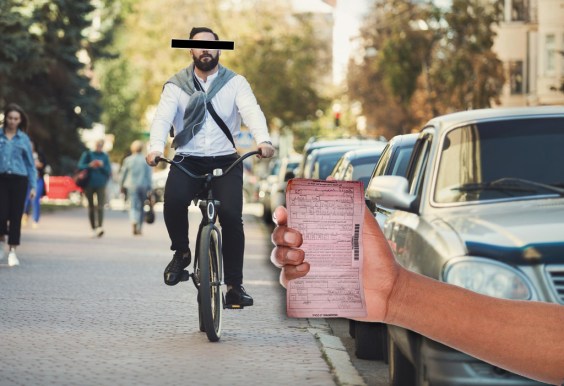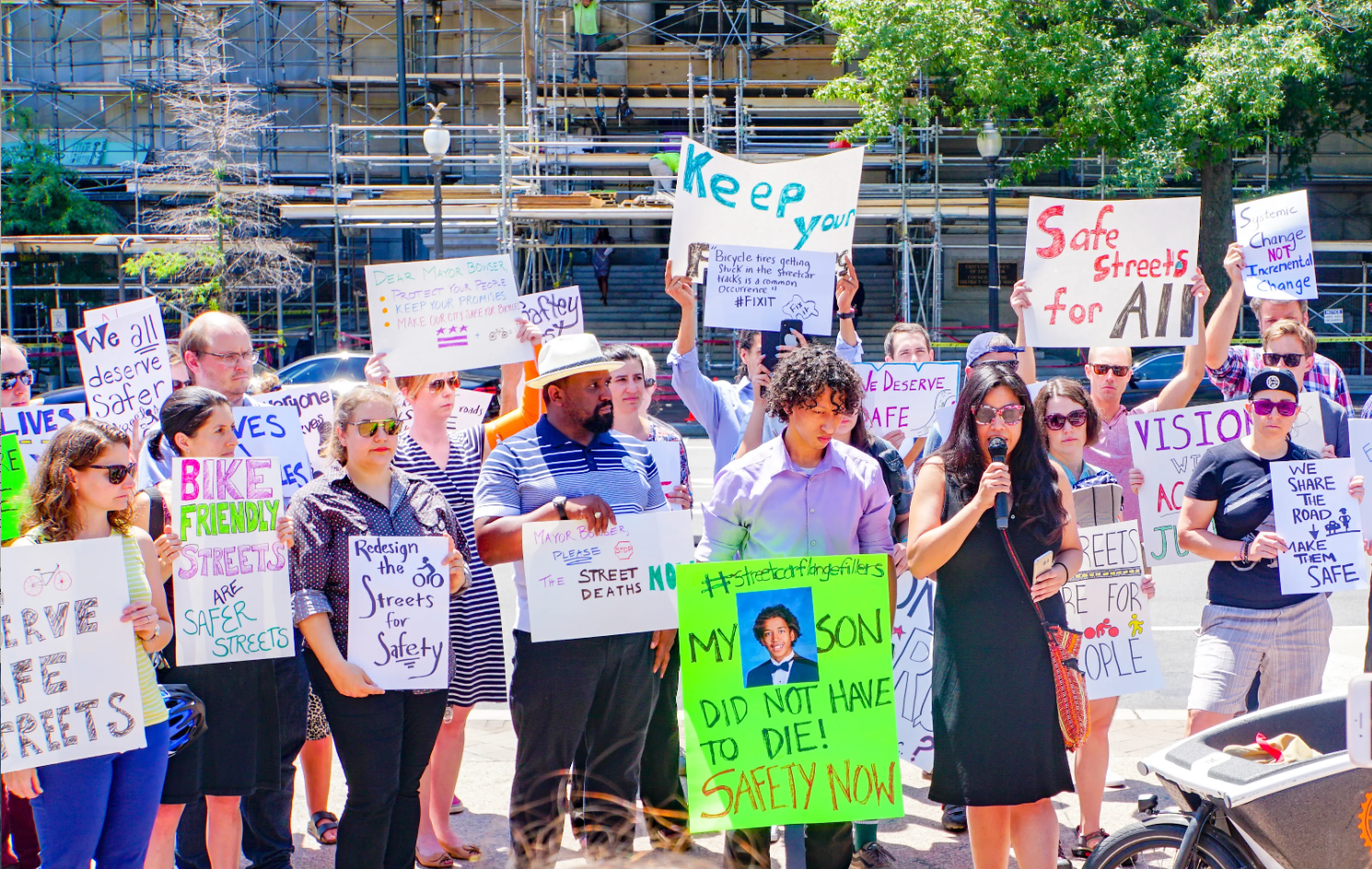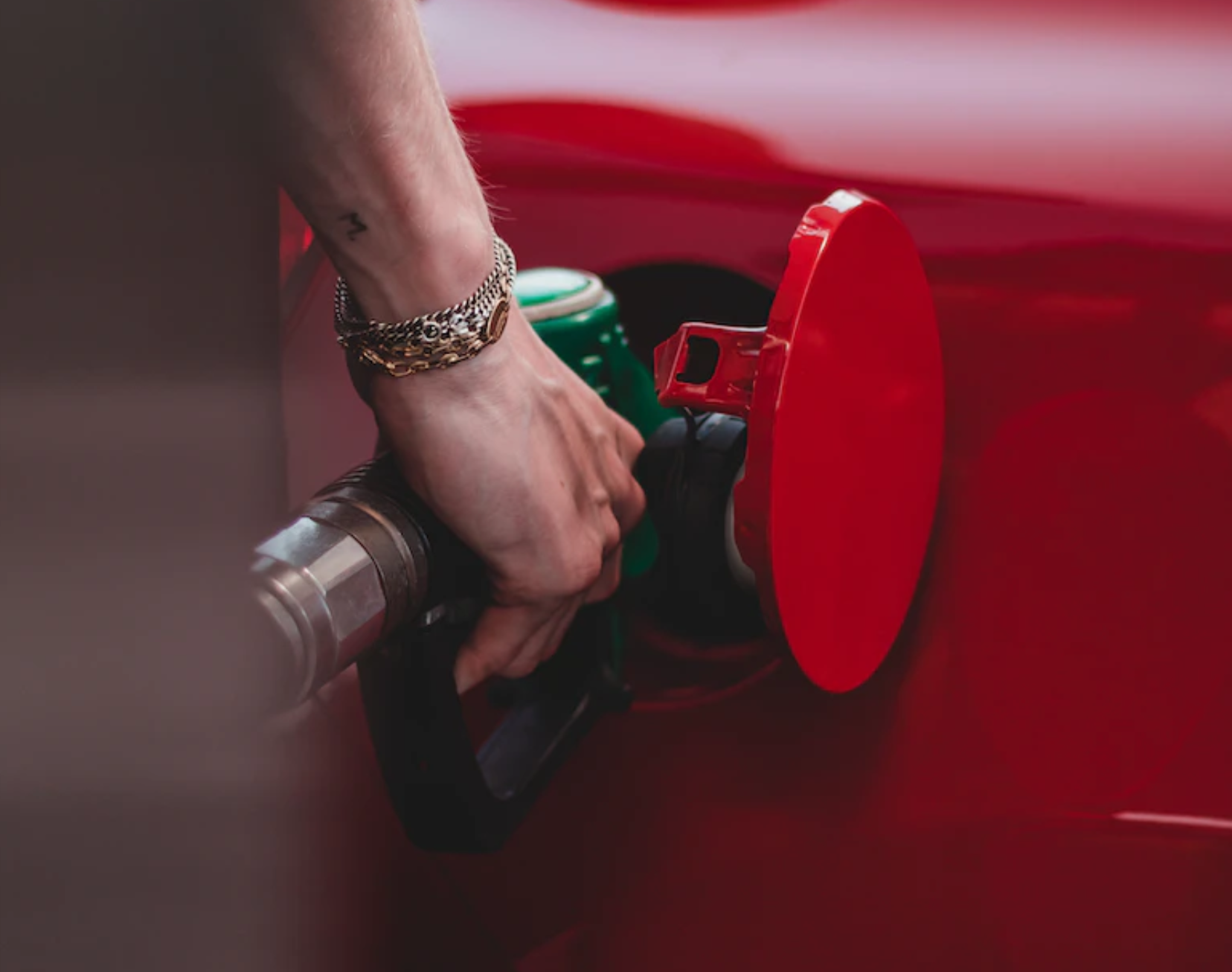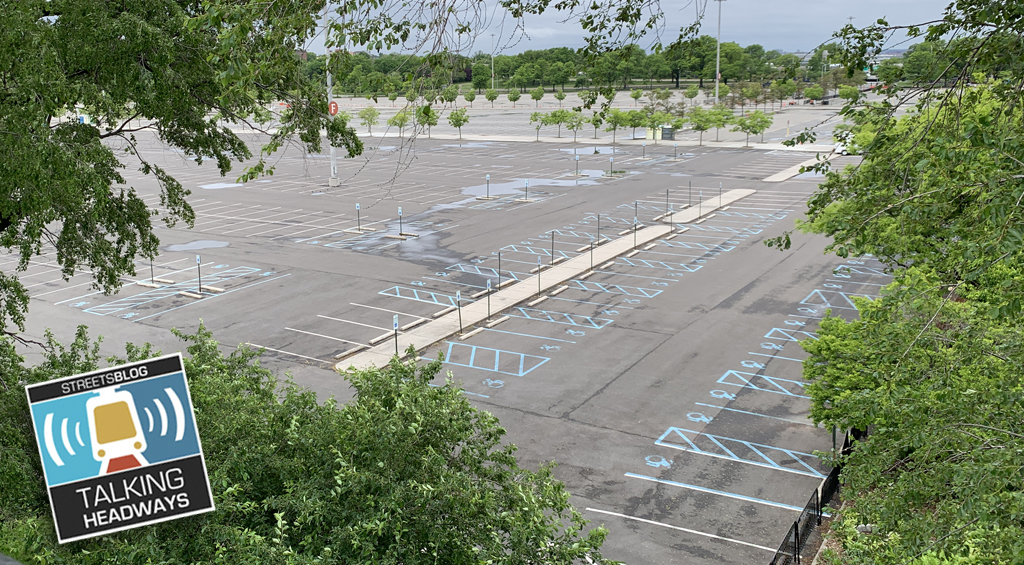Twenty-five won't keep you alive.
Building on previous research about the danger of vehicles with higher hood lines, the Insurance Industry for Highway Safety has found that pedestrians hit at the average crash speed of 27 miles per hour by median-height cars have a 60 percent chance of suffering moderate injuries, but that figure rises to 83 percent when they are struck by a median-height pickup truck at that same speed.
The results suggest that the 25-mile-per-hour speed limits that many U.S. cities have adopted as part of Vision Zero is still too fast to protect people outside the large vehicles that are an increasingly large part of the American fleet.
“A small increase in crash speed can really ramp up the danger to a pedestrian,” IIHS President David Harkey said in a statement. “Our fondness for tall SUVs and pickups in the U.S. has intensified that effect.”
Obviously, regardless of height, the faster a vehicle is traveling, the more damage it causes. But the dangers increase when that faster vehicle is also higher.
To determine this, researchers created "risk curves" showing how speed affects crash outcomes — and then compared curves from crashes in the U.S. and those in Germany, where vehicle sizes are lower.
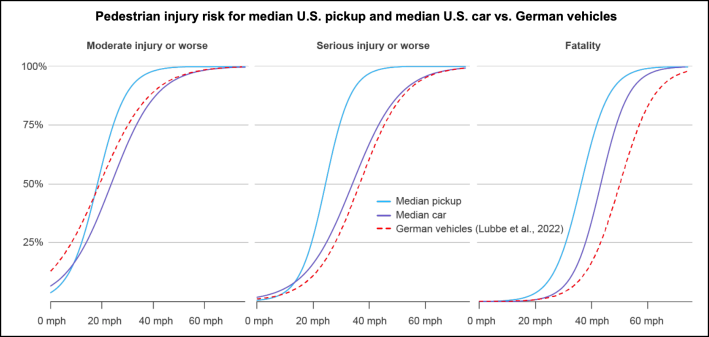
"For serious injuries, the risk curve for the median pickup is not just shifted left compared with the median car, but it is steeper as well," the IIHS said in a statement. "In other words, speed increases have a more pronounced effect when taller vehicles are involved. For example, as crash speed increases from 15 mph to 35 mph, the risk of a serious injury goes from 9 percent to 52 percent when a median-height car is involved. With a median pickup, the risk shoots up from 11 percent to 91 percent.
"The findings point to the need for policymakers and traffic engineers to account for the makeup of the U.S fleet when thinking about speed limits and traffic-calming," the group concluded.
The study recommends that auto-makers get with the program and modify their front-end designs to be lower and to equip vehicles with automatic braking systems.
“This study is a vivid illustration of how multiple factors — in this case speed and vehicle height — converge to create negative outcomes on the road,” said Harkey, whose group is funded by auto-insurance companies. “Similarly, it will take a combination of actions from different corners of the transportation world to improve pedestrian safety.”


